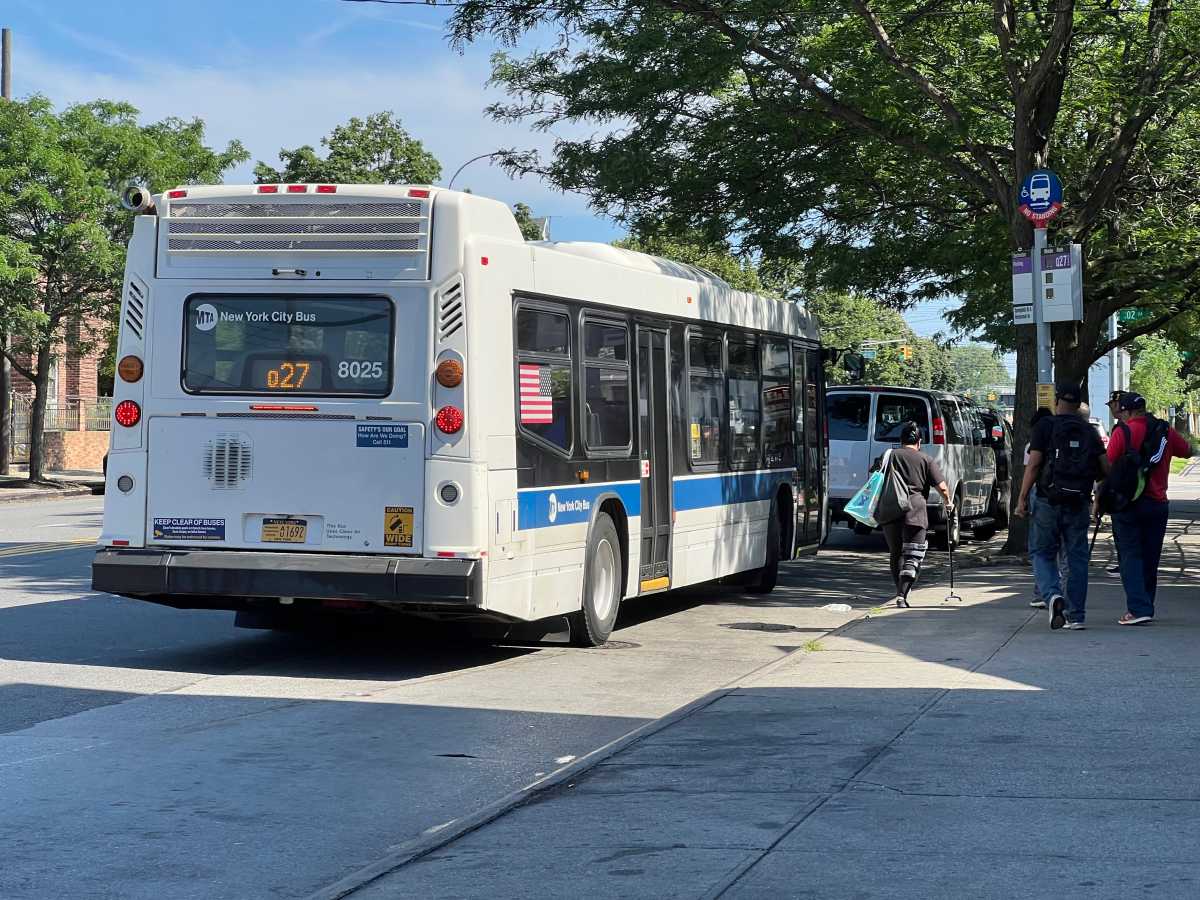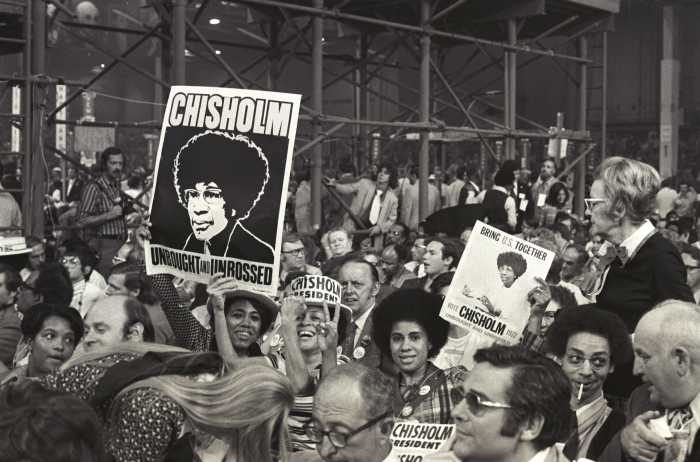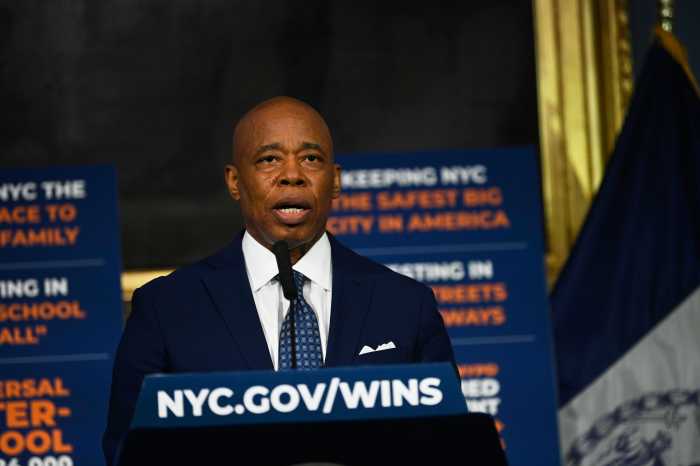
The right to shelter is legally protected in New York City, a fact that can be life-saving in frigid weather and a saving grace for families and individuals who missed a rent payment or fled domestic abuse.
It has been a reality of city living since 1981, when NYC entered into a consent decree in Callahan v. Carey. The lead plaintiff in the case, Robert Callahan, was a Korean War veteran who had been sleeping on the street in the Bowery. He died months before the decree was entered and didn’t reap its fruits.
Since then, the right to shelter has been defended and expanded, but not without difficulty for the City of New York.
The city has entered another period of difficulty on that front, with sheltered homeless numbering more than 60,000 people — a historic high. Shelters are so full that the city houses people without a place to sleep in hotels and many decrepit apartments. Those placements have resulted in disastrous consequences on multiple occasions, most recently last week: two toddlers received fatal steam burns from a broken radiator in temporary “cluster” housing in the Bronx.
Mayor Bill de Blasio has committed to ending the use of such housing, and continuing to search for ways to shelter the homeless. But could the commitment to do so fray, in a political year defined by retrenchment and turning within?
Homelessness is growing, and so are costs
The weight of the city’s shelter burden has expanded quickly. The cost of hotel rooms for the homeless is $400,000 a day, a 669 percent increase over 12 months, according to analysis from Comptroller Scott Stringer.
On the administrative level, the city called for a small shift to minimize even a portion of the burden. A story by the Daily News found that a state directive widening eligibility for homeless families coincided with a 6 percent monthly increase in families accepted into shelter. It was an initiative long supported by advocates, including the city’s homeless commissioner in his previous life outside government. Yet last month the city asked to narrow the eligibility once again.
It seems minor but is an indication that the city is struggling to find creative ways to reduce the burden of its legal obligation, already creaking with stop-gap hotel and cluster site solutions.
On Wednesday, de Blasio’s former press secretary, Karen Hinton, took that demand to a new conclusion in an op-ed, urging city leaders to “consider a public awareness campaign that lets people know that staying put, moving to a city with more affordable housing or doubling up with relatives may be a much better solution than entering a shelter system bursting at the seams.”
It’s a practical idea to face the immediate crisis, but also a surprising acknowledgement that New York City might not be able to handle things alone. The nearly-homeless should look elsewhere for service.
Brother, can you support a shelter in your neighborhood?
There are indications that many New Yorkers might not have an appetite for much else. Residents have opposed new shelters being built in Brooklyn and Queens, even though they are the only path to less precarious placements. There is little appetite for large solutions to build the affordable housing needed upstream of the problem, and often little patience for the visible rise in street homelessness.
“I’m always amazed what people will say to me,” Hinton said by phone, talking about city Democrats. “They say ‘We’re tired of this, he just needs to fix it. Take care of it.’” She says their vagueness is likely because they don’t have any better ideas.
The right to shelter guaranteed by Callahan has always been fought for by the advocates who wanted it in the first place, and the city remains committed to honoring it. But what form would that commitment take if the homeless numbers continue to rise, at the same time as funding to combat it falls? Federal funding is crucial for NYCHA and homeless providers that combat homelessness — many of which could fall under Donald Trump.
On a national level, economic concerns and fears of immigration dominated the presidential campaign that Donald Trump won. He promised to shake things up and has threatened aspects of the safety net the previous president painstakingly tried to improve. Will New Yorkers take a different route on a difficult issue close to home?





































